The Rise of Automated VAT Returns: Key Opportunities and Limitations

The speed at which technology is developing has significantly impacted businesses' adoption of automated tools and software, which makes VAT compliance more straightforward and faster. In the era when governments around the world implemented stricter VAT compliance measures, automation became an essential means for businesses to meet requirements and stay ahead.
In this article, we will explore the rise of VAT return automation, its benefits and challenges, and how businesses can find the balance between automation and manual processes.
The Emergence of VAT Return Automation
The need for an automated way to fill out and submit VAT returns can be seen from several interconnected aspects. With countries implementing digital tax systems, such as Immediate Supply of Information—Suministro Inmediato de Informacion (SII) in Spain or Making Tax Digital (MTD) in the UK, VAT return automation became a necessity for businesses.
Regulations implemented by national governments typically require businesses to submit VAT returns electronically, which has led to a growing need for automated systems that can handle complex calculations and ensure that the VAT is reported accurately.
As more businesses operate in multiple jurisdictions and markets in the digital economy, correctly preparing and filing VAT returns on time has become one of the top challenges. That is why automation has become a growing trend, not only among large corporations but also among small and medium-sized businesses.
Therefore, VAT return automation is required by both the national governments and businesses to simplify VAT compliance.
Advantages of VAT Return Automation
Simplification and time efficiency are the first advantages that cross one's mind when considering VAT return automation. Since most automated tools and software include all relevant formulas needed to accurately and efficiently calculate VAT amounts that must be included in VAT returns, this represents a significant relief for businesses.
Not having to manually calculate everything and enter all data eliminates the possibility of human error when preparing VAT returns. Ultimately, errors in VAT returns can lead to additional administrative issues, such as submitting corrected returns or including corrected data in the next VAT return.
The automation ensures compliance with filing deadlines. The system can track them and notify or alert key stakeholders that VAT returns are due, further reducing the risk of costly fines.
Finally, automation can help businesses reach better scalability. Growing companies expanding into new markets face the challenges of managing VAT compliance in multiple jurisdictions with different applicable VAT rates, filing requirements, and deadlines. An automated VAT return system can handle these complexities more efficiently, ensuring compliance with local rules without manual input or intervention.
Challenges and Limitations of VAT Return Automation
Despite many advantages, VAT return automation does not come without its challenges and limitations. The cost of implementing an automated VAT return system may be the first barrier for many small and even medium-sized businesses.
Although the long-term benefits, such as improved accuracy and time savings, are clear, the initial setup cost may exceed what certain businesses can afford. Companies may need to invest in software, integration with accounting systems, and consulting services to ensure a smooth transition from manual to automated VAT return preparation and filing systems. This can be an obstacle for businesses, especially small businesses with limited resources.
Any use of technology presents challenges, including dependence on it and bugs that can occur during operation. Automated systems require regular maintenance, updates, and monitoring to ensure correct functionality. When implementing the computerized solution, businesses must consider system downtimes and issues that may occur during the data synchronization process, ultimately leading to delays or inaccuracies in VAT reporting.
Regarding updates, businesses need to ensure that their automated VAT system is adaptable to changes in VAT regulations. VAT rules and regulations are constantly changing, and the system must be able to integrate updates seamlessly without interrupting day-to-day operations.
The additional challenge may be allocating resources to train key personnel to correctly use the automated tools and software.
Finally, data security and privacy are always the primary issues when implementing automated systems, including those for VAT returns. Sensitive financial data exchanged between taxable persons, Tax Authorities, and third-party VAT solution providers is always subject to the risk of cyberattacks and data breaches.
Finding the Right Balance in VAT Automation
So, how can we balance the automated VAT returns system's positives and downsides? While automated systems can contribute to accuracy and efficiency, businesses still need to consider having a team of professionals oversee the process and address any discrepancies. Human supervision ensures that the system functions correctly and that any specific or complex transactions are handled appropriately.
An additional thing to consider is the scope of automatization. While some companies may benefit from a completely automated solution, others may find that a hybrid approach suits their needs and possibilities, such as automating routine tasks while manually handling more complex tasks.
Conclusion
Businesses must assess all aspects of their operations and determine which solution is best for automating VAT return filing and submission requirements. Moreover, they should consider the functionalities offered by software or cloud-based solutions, especially those relating to flexibility, integration with existing accounting platforms, and the ability to fulfill requirements in different jurisdictions—that is, the ability to scale as the business grows.
In the end, businesses need to consider automating their VAT return processes. This is especially true given that the global tax landscape is evolving rapidly, and monitoring and adapting to these changes is a significant challenge. Businesses that invest in automation solutions will be better positioned to adapt to new regulations and maintain VAT compliance.
Source: Suministro Inmediato de Información (SII), Overview of Making Tax Digital, PwC - Automating VAT returns, PwC - Automated VAT Solution, Deloitte

Featured Insights

Angola’s E-Invoicing Mandate: Phased Implementation Continues Into 2026
🕝 December 10, 2025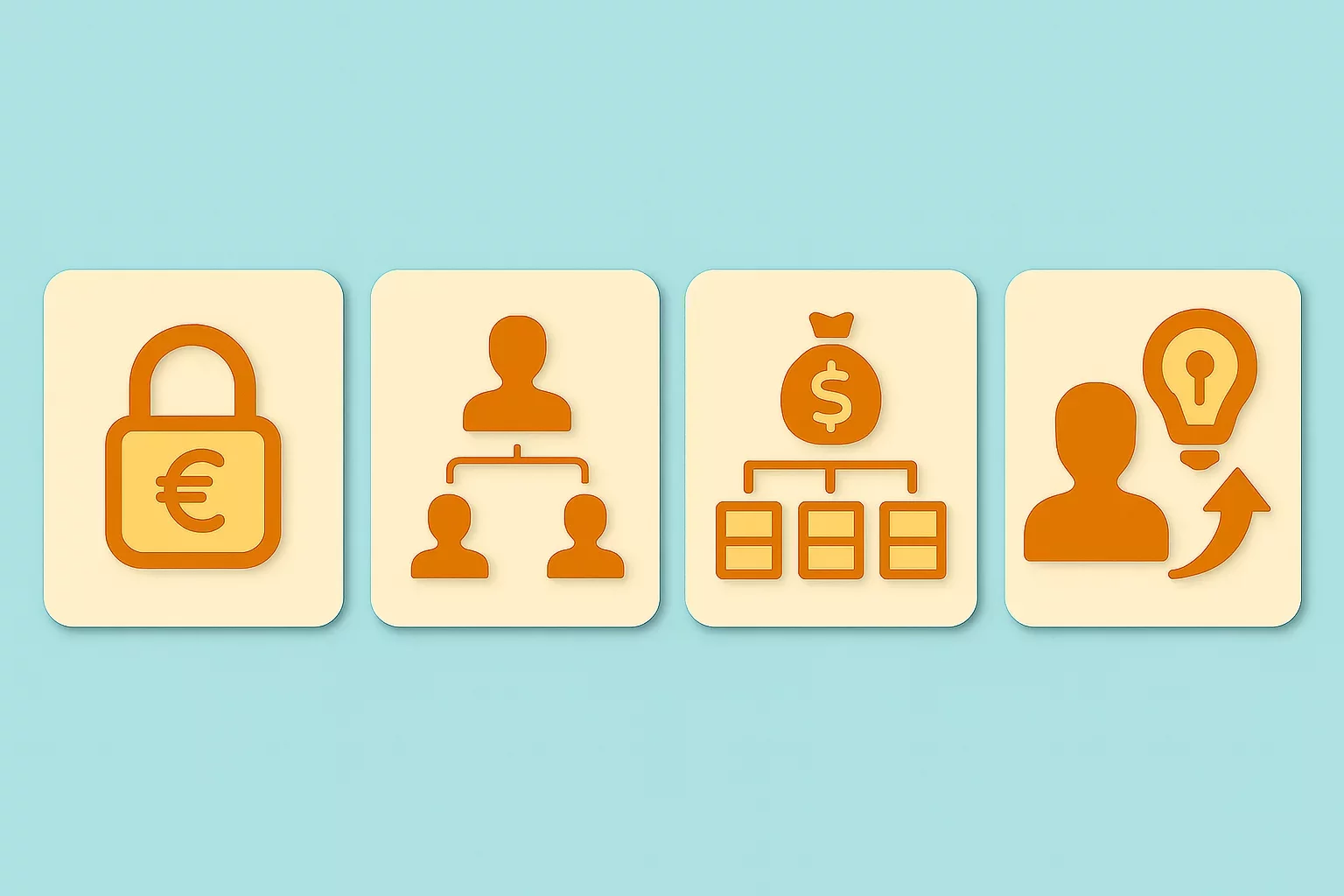
VAT Deduction and Business Succession: When Do Advisory Costs Serve the Company’s Interest?
🕝 December 8, 2025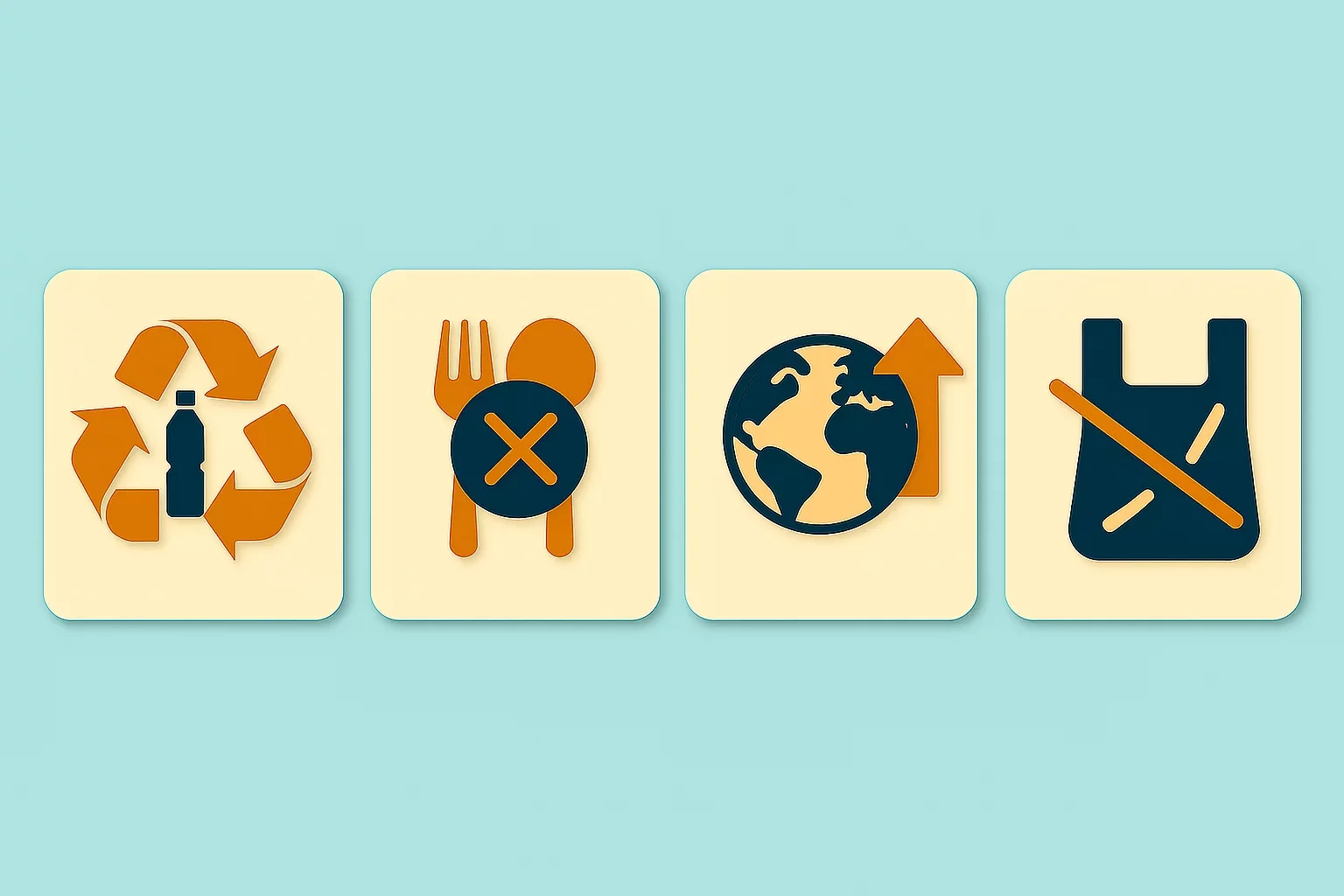
Europe’s Plastic Fiscal Shift: Why Italy’s Plastic Tax Now Starts in 2027
🕝 December 3, 2025
The Decline of Low-Value Import Exemptions: Closing Gaps in Cross-Border E-Commerce
🕝 November 20, 2025More News from World
Get real-time updates and developments from around the world, keeping you informed and prepared.
-e9lcpxl5nq.webp)

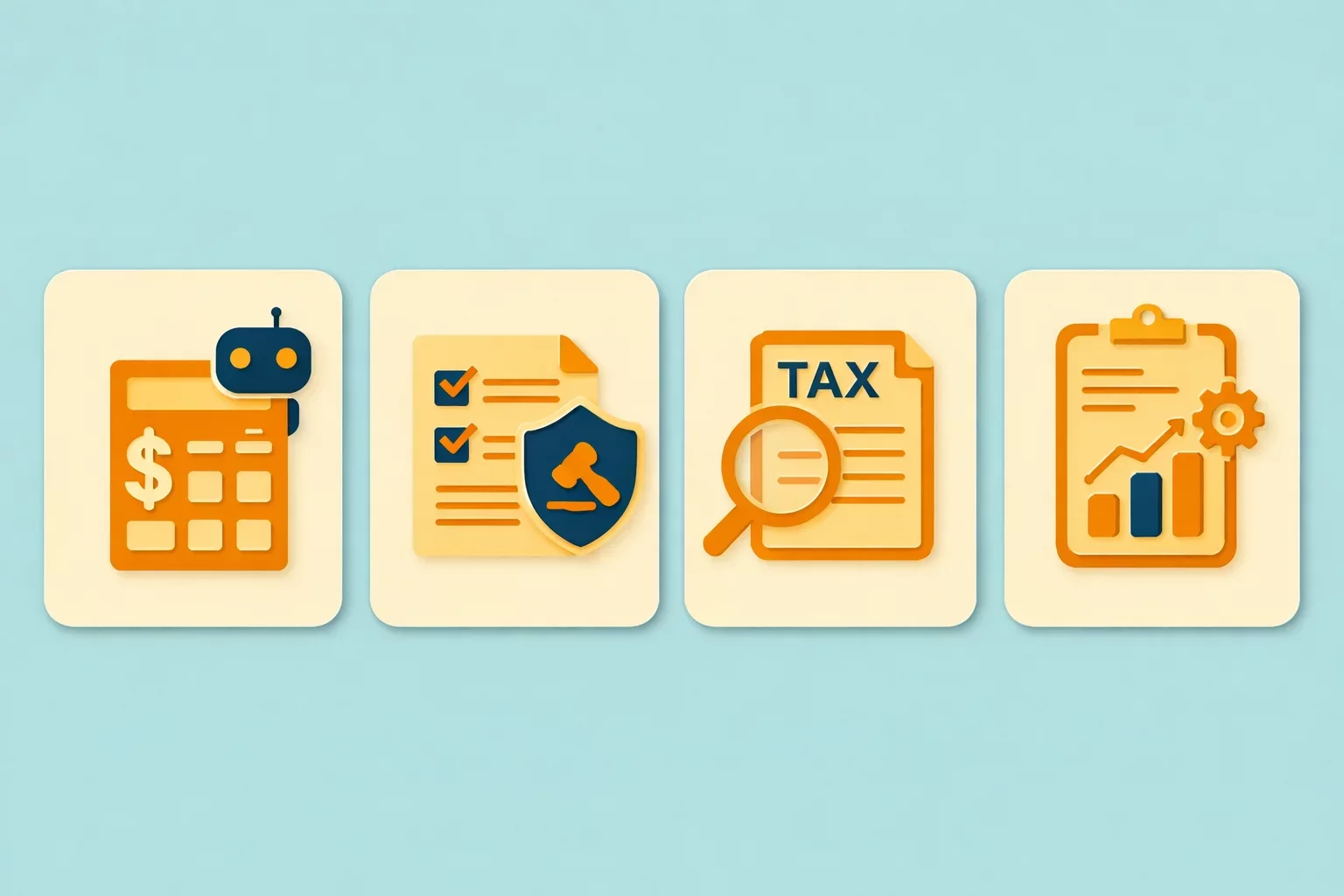


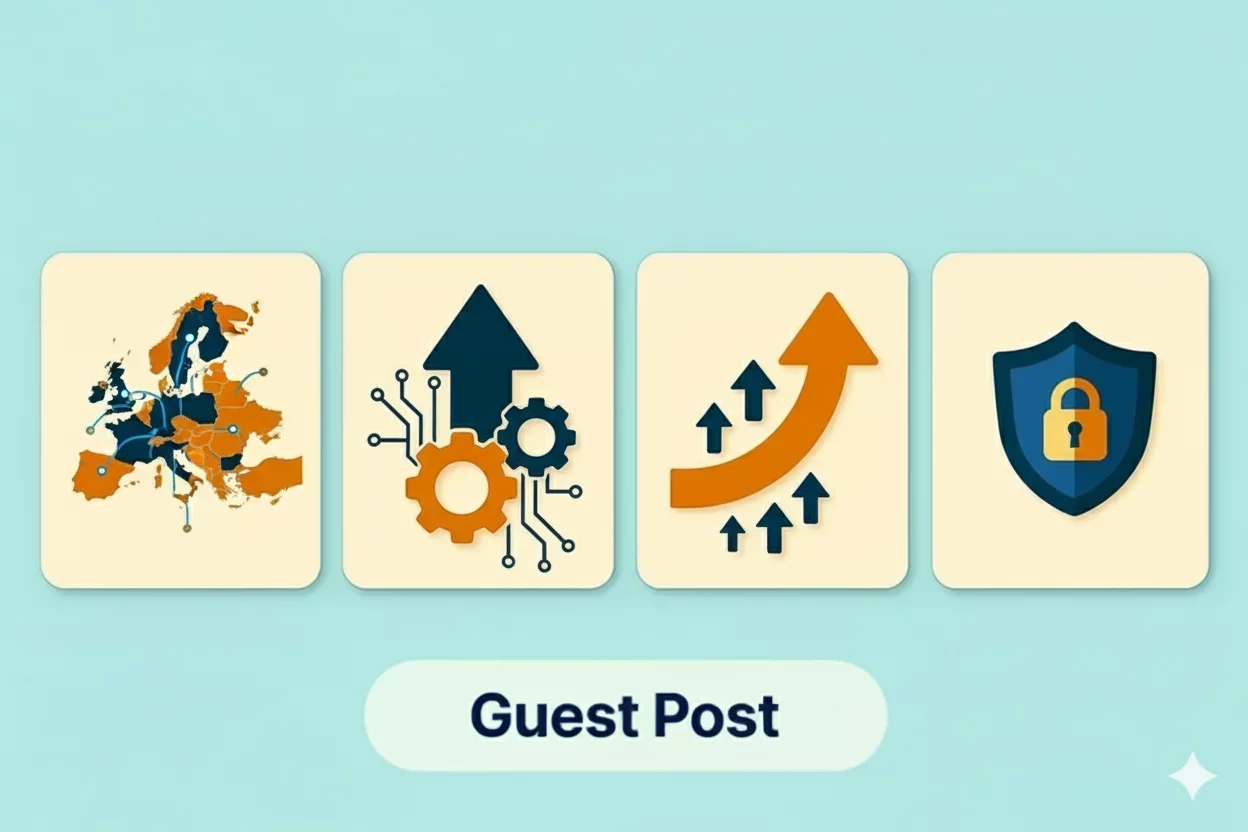

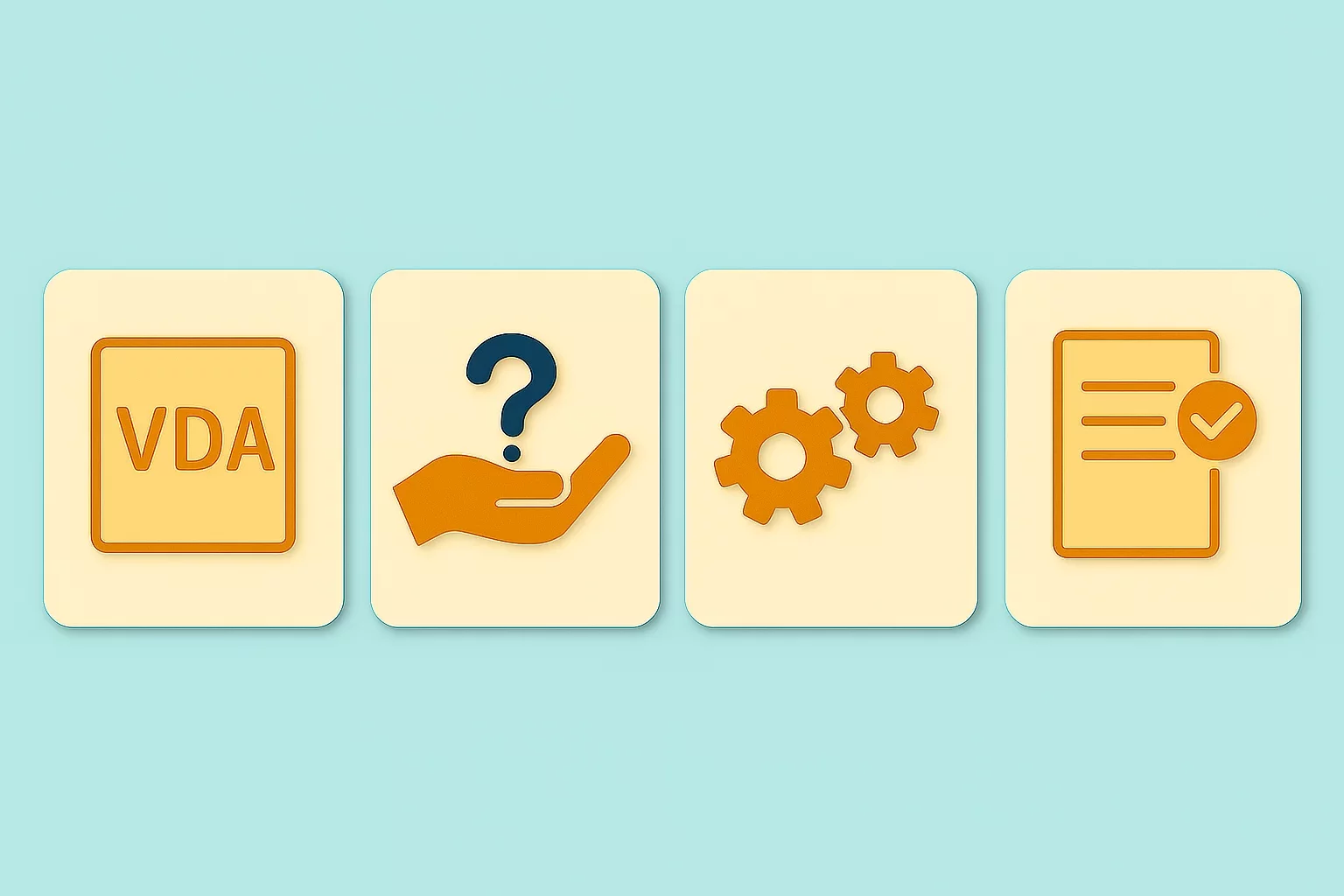


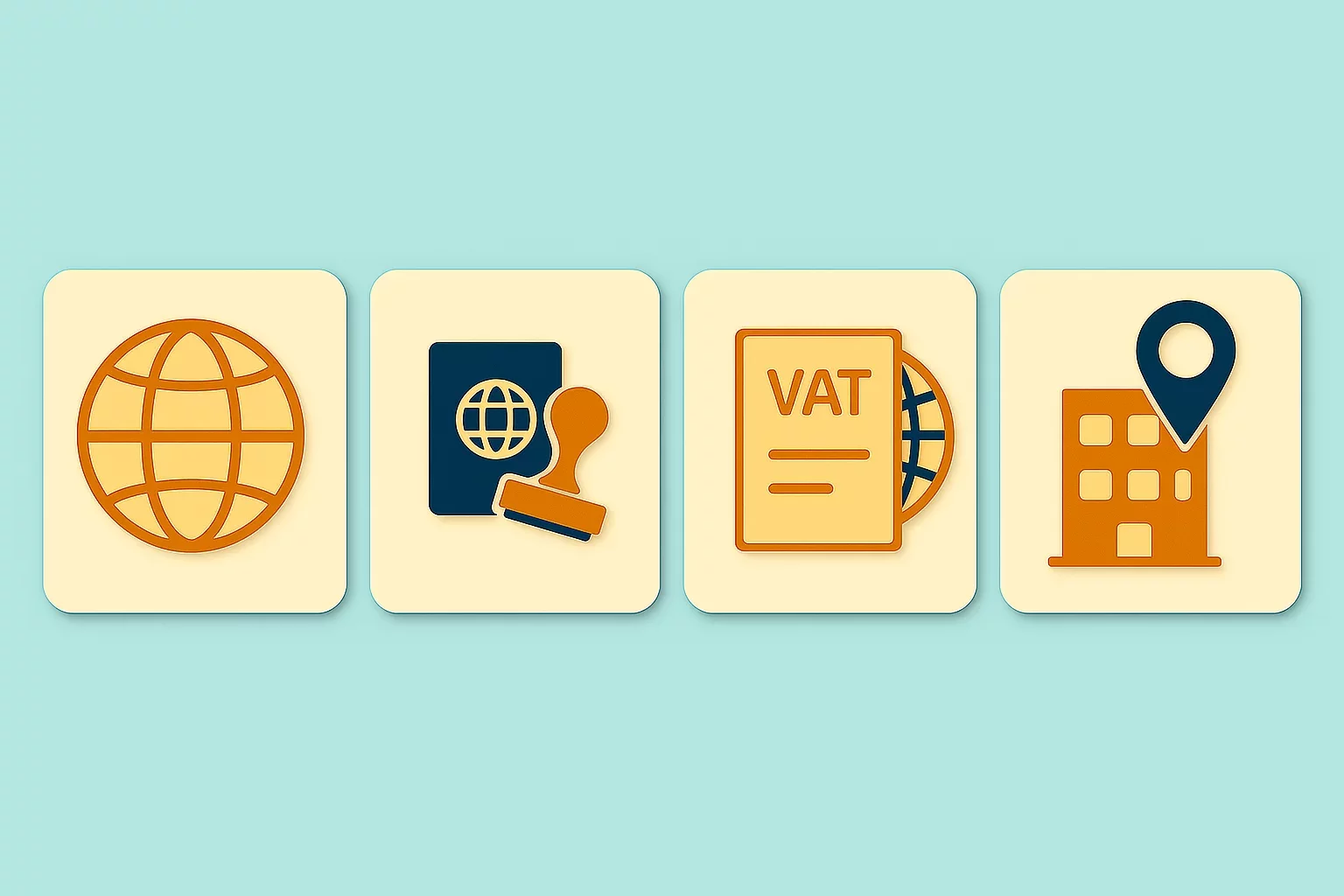













-7xdqdopxl6.webp)



-a9bz8kz2cs.webp)






























